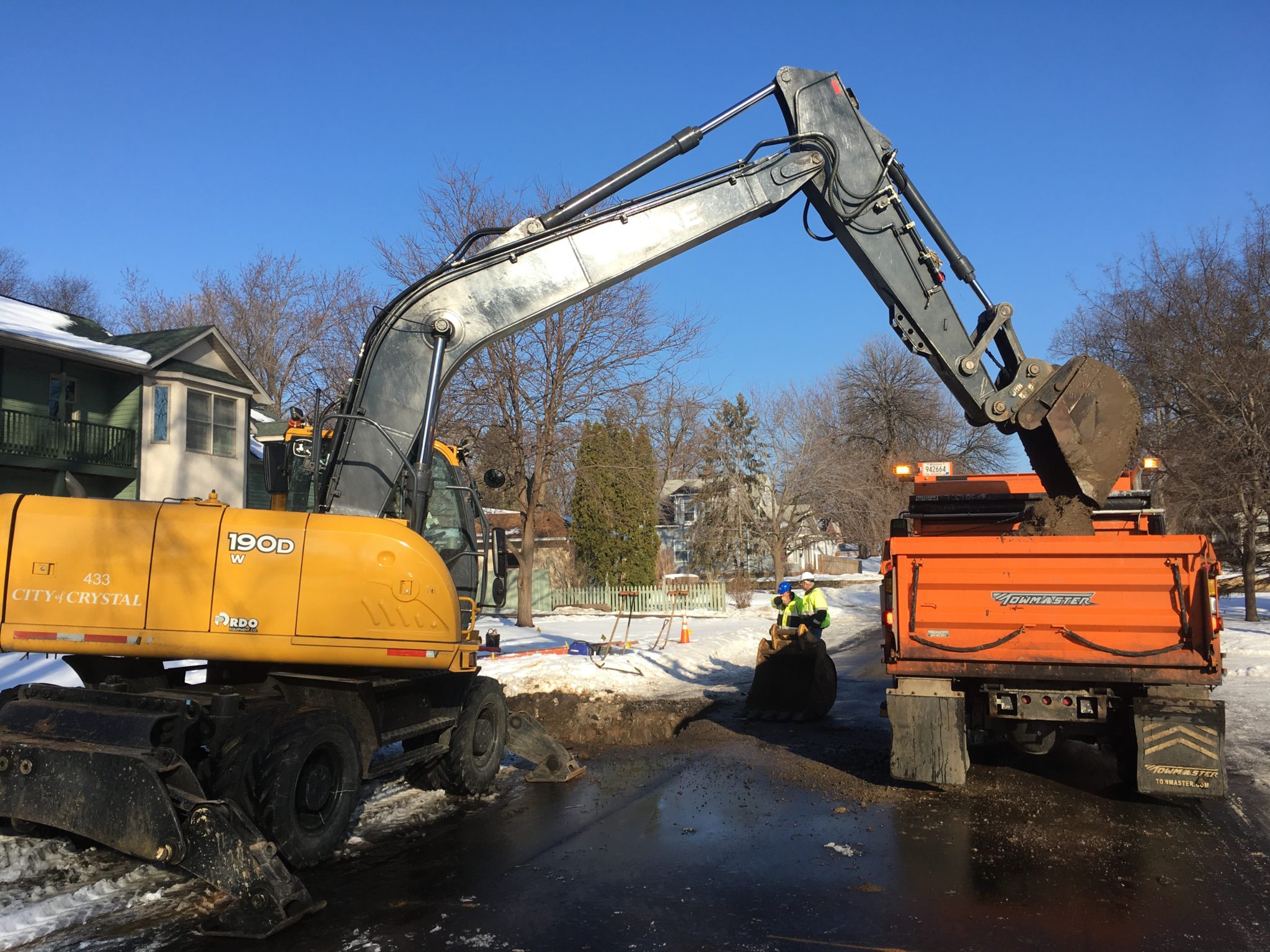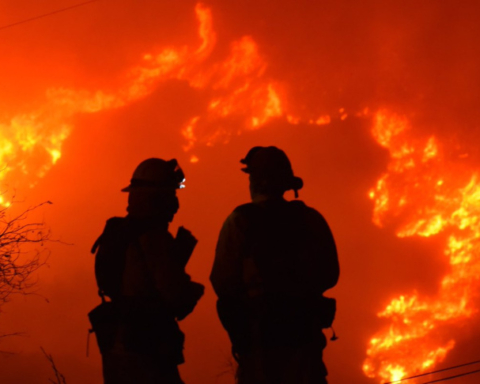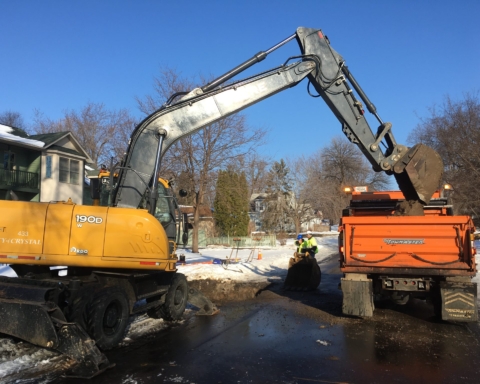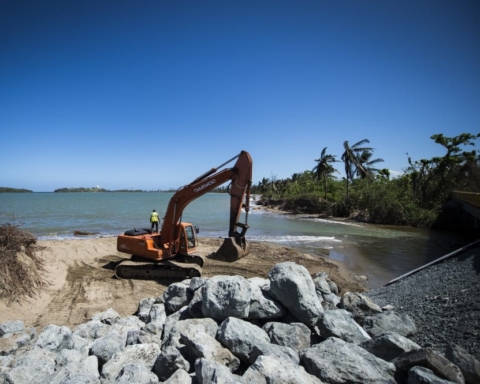Once again, Congress is talking about an infrastructure bill – which cleared the Senate on Tuesday but faces potential hurdles in the House – and frequently I get asked if I think that this time it will pass. When it comes to infrastructure, talk is literally cheap because the actual infrastructure needs in the country are vast, diverse, and expensive. But instead of getting caught up in the potential details of the current version or dollar amounts proposed, I would offer up reframing the discussion into a broader context of the role infrastructure serves for homeland security and community lifelines.
In response to COVID-19, many jobs, education, entertainment, even socialization (virtual happy hours) shifted to either a virtual-only, or a heavily virtual, reality. The digital divide plays a huge factor in the ability of a person to be able to connect and thrive in the virtual environment. Add in the expansion of telemedicine, government meetings and citizen engagement, and huge gains were made over the past year as integration of the virtual meeting technology was expanded due to stay-at-home efforts. Supporting the continued investment in closing the digital divide not only has benefits for day-to-day life (including commercial business), but can also be leveraged for infrastructure monitoring and security upgrades, as well as public information sharing due to emergencies or other time-sensitive issues. Closing the digital divide is a homeland security issue because it also supports mass notifications, evacuations, sheltering in place, information sharing, and situational awareness.
Most investments in infrastructure do promote mitigation and/or resiliency because infrastructure provides a community’s critical lifelines. If a water main fails due to just normal wear and tear, it will still have an impact on the properties that are served by that water main. The bigger or more challenging the location of the water main, the higher the potential impacts are. The same can be true for many other types of utility infrastructure. Separating the term resiliency from infrastructure investment, or thinking they are not intertwined, is not accurate and does a disservice to the essential role that infrastructure plays in a community’s ability to be resilient.
Roads and highways generally get a lot of attention because it is relatively easy to see the condition they are in and driving over potholes is never good. In many communities there are water, sanitary sewer, and storm water infrastructure systems below the roads. While there are methods to rehabilitate some of that underground infrastructure without digging up the road, known as trenchless methods, in many cases the cost to dig up and replace water, sanitary sewer, or storm water infrastructure systems is comparable to trenchless methods. Digging up a road to replace the underground infrastructure means that the street will also be restored after the project, resulting in the opportunity for a long-term solution where multiple infrastructure needs were met.
Finally, it is important to remember that many public and private agencies have been and continue to move forward with infrastructure investment and reinvestment. As just one example, the City of Crystal, Minn., at 5.8 square miles with 23,000 people, has spent over $50 million since 1995 on just street, water main, sanitary sewer, and storm water infrastructure projects. That dollar figure is strictly local funds (no county, state, or federal funding). Across the United States various local, regional, and state governments, along with the private sector, are making investments in infrastructure. They have stepped up to fund infrastructure realizing their communities need to make the investment in order to continue to provide for those essential services. The federal government has a role in infrastructure, but the significant investments that the private sector, local, regional, and state governments have made should not be understated or minimized.
The various types of infrastructure (both public and private) cannot be seen as standalone items but instead are part of a connected system that provides the essential community lifelines. The infrastructure that we collectively design, build, operate, and maintain will absolutely have a vital role in how a community functions and what normal looks like for citizens. As discussions continue about infrastructure funding, we must keep the mindset that a connected infrastructure is the foundation of our communities and society. Furthermore, the ability of our communities to prepare for, mitigate against, respond to, and recover from natural and human-caused disasters is directly dependent on infrastructure. Spending on infrastructure is an investment on the preparedness and resiliency of our communities.
The views expressed here are the writer’s and are not necessarily endorsed by Homeland Security Today, which welcomes a broad range of viewpoints in support of securing our homeland. To submit a piece for consideration, email [email protected]. Our editorial guidelines can be found here.








